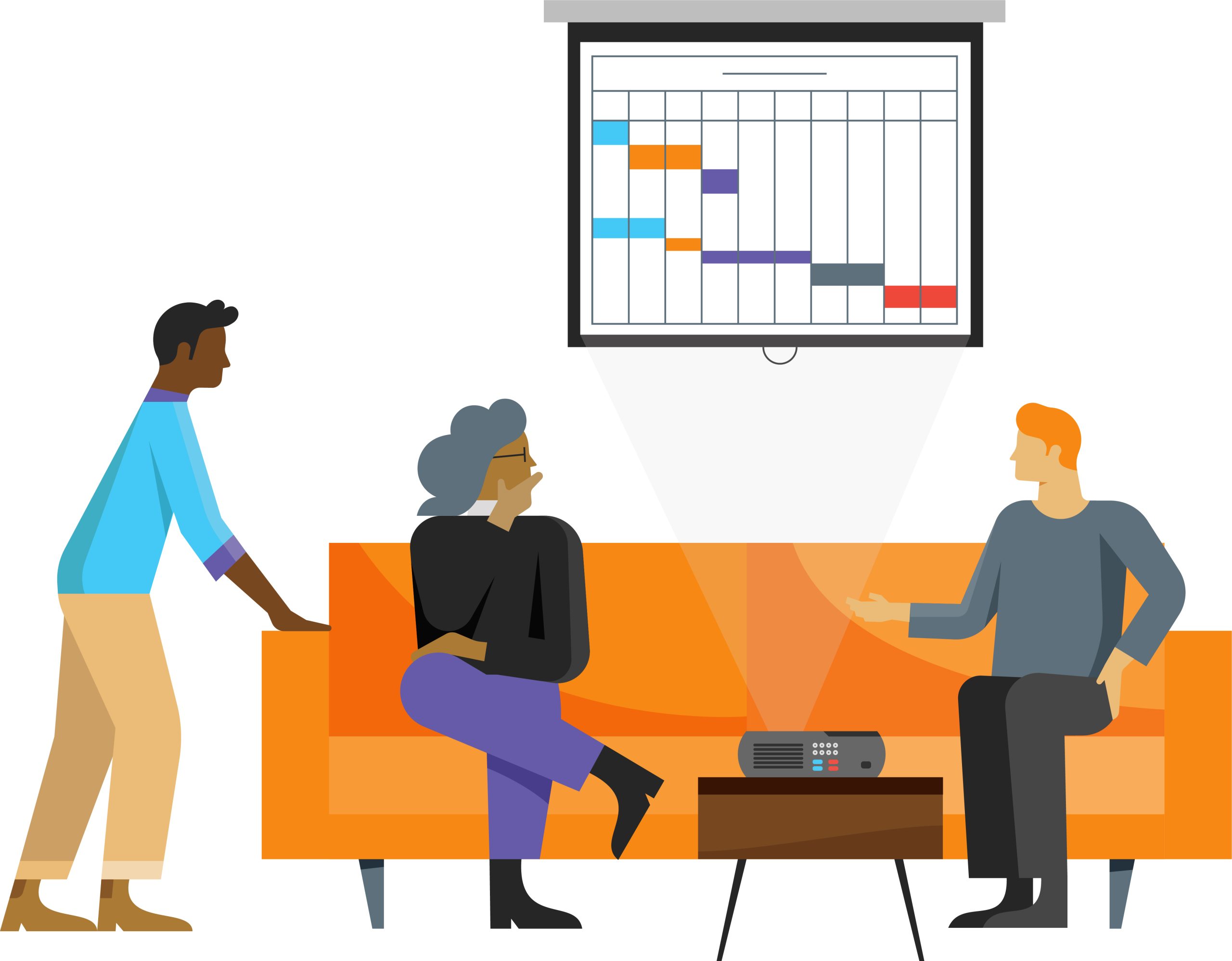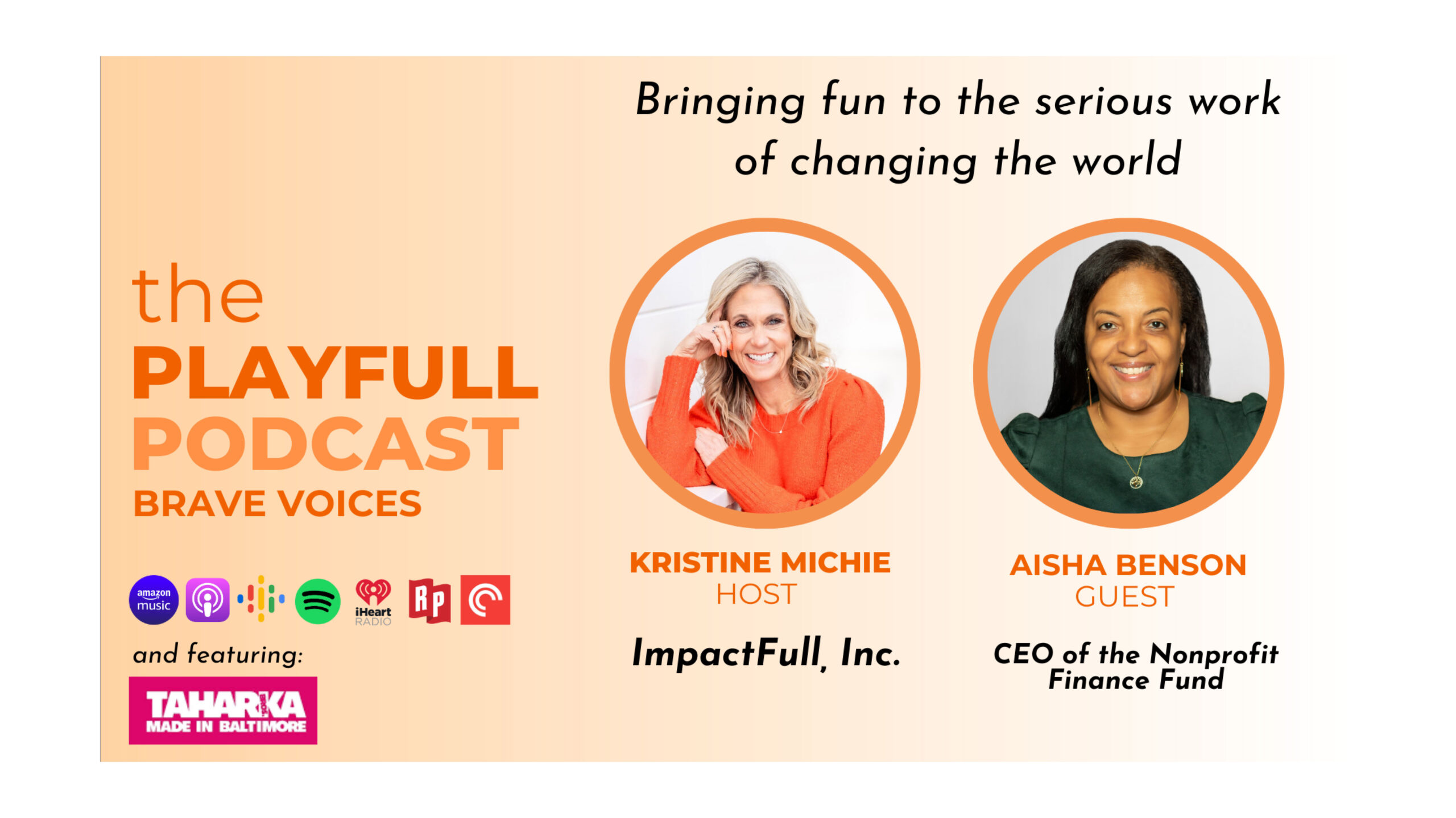As technology continues to rapidly evolve, digital humanities organizations have been at the forefront of innovation in the humanities. They use technology to improve education and scholarship. And they find new ways to preserve stories, voices, and digital creations.
In June 2020, NFF kicked off a project to support a cohort of digital humanities organizations by deepening and strengthening their financial resilience and adaptability. With more people operating in digital spaces than ever before, the work of digital humanities organizations is crucial for developing, preserving, and sharing cultural artifacts, representations, and scholarly work for generations to come.
Following is an interview with Mills Kelly, Director of the Roy Rosenzweig Center for History and New Media, about the unique dynamics that digital humanities organizations face – and how a change capital grant has catalyzed opportunities for growth.
In your own words, can you share a little bit about your organization and what it does?
In the 1990s, if you wanted to do research in an archive, you might need a letter of invitation or recommendation. There are all these stories in American history – and global history – that weren’t being told because of lack of access to information. Roy Rosenzweig and his colleague Mike O’Malley from George Mason University had the idea that new digital technologies could democratize access to historical information and teach us things about the past that wouldn’t otherwise be learnable.
We continue to do projects that make historical information and scholarship available to the largest possible audience. And we’ve been developing a series of software tools that facilitate this kind of work. We’re a mission-driven organization, and because our mission is to democratize access, we’ll never charge for anything. Everything that we do is open source, open access, all the time.
Digital humanities is a broad term and field – how do you define it?
Digital humanities is a big tent that includes making things accessible and available. My perspective is that digital technology can be used to make analog things available in digital forms for accessibility and analysis (i.e., preservation) and also to work with things that never had – and never will have – an analog existence.
Another corner of the tent is about creating educational tools for students and the general public so they can arrive at a much more complex understanding of history, literature or whatever the subject might be.
Can you tell us a story that shows us how your work impacted a person, organization, or community?
One of the most important projects that we’ve done at the Center for History and New Media was the September 11 Digital Archive, which we’re transferring to the Library of Congress right now. This archive has 185,000 digital objects in it, including thousands of personal stories, photographs, and emails of September 11 and the aftermath.
Traditional archives have limited space and limited staff, so they focus on collecting the materials that they believe to be the most significant for the future. The objects in this open digital archive are materials that wouldn’t normally be collected in an archiving process, such as first-hand stories and experiences that people wrote and shared electronically. The project had a big impact and has been put to use by news organizations and writers, especially for the 20th anniversary of September 11 this past year.
What are some of the unique challenges that digital humanities organizations face compared to other humanities and culture organizations?
First, the finances. Making everything open access this is a great thing, but from a financial standpoint it’s challenging to maintain operations without charging for anything.
The second challenge is sustainability and survivability. If you write and publish a book, depending on how heavily it’s used, it could still be here a hundred years from now as long as it avoids floods and fires. Digital humanities projects are dependent on a constantly changing set of technologies. To give you the most painful example of the last several years, Adobe decided that they were done with Flash. Every website in the world that used Flash permanently broke. We had a bunch of projects with Flash components to them, including teaching exercises. We would like to rebuild some of those projects with different technology, but that costs money plus staff and faculty time – and grantmaking organizations don’t typically give money to keep projects like this going.
A third challenge is digital accessibility. I just came from a Zoom meeting where one of their presenters had some beautiful slides, but it was text over image. If you have a visual impairment, you can’t read that. One of our ongoing goals is to make projects accessible to anyone who might use assistive technologies, such as screen readers and things like that. We’re also making sure that every podcast episode has a fully accessible transcript that includes not just text but also cues about when bluegrass music begins, for example, so that a hearing-impaired person can have a pretty good sense for what the podcast might sound like.
Starting in June of 2020, our team at NFF got to work with you on strategic financial management. Can you share a little bit about your experience diving into your organization’s finances and looking more closely at things like business models and full cost?
I had a lot of experience in working in the nonprofit world before I got my PhD and started teaching, so I knew coming into this role that universities were not set up for how we needed to look at our finances. We cannot produce a standard balance sheet within existing reporting systems like a nonprofit would; we’re getting this bit of data from that system and this bit of data from another system. We’re also a state agency, and universities and states don’t budget in the way that nonprofits do, in part because most funds don’t carry over from one fiscal year to the next.
Our foundation accepts all our donations and it’s governed by a whole series of separate rules. Then we have state funds which are governed by state rules and regulations. The spreadsheet we created to track all of this is incredibly complicated. There’s no easy to way to predict when indirect funds will be released to us for our use.
One of the biggest lessons we took away from our consulting with NFF was how to talk about the full cost of the work, which we never did before. It was revelatory to us, and now full cost is part of all our conversations with stakeholders.
Another thing that was helpful for us was having a graph that shows how change capital works even with a period of deficit because there’s positive revenue flow at the other end. We were able to explain this deficit model to finance people who hadn’t thought about budgeting in this way before.
What are your plans for the change capital grant that you received from The Andrew W. Mellon Foundation?
Our first step was to hire people. We hired a marketing professional to lead community engagement – the first in our center’s 27-year history. It’s already been transformative. Another big part of our proposal for generating revenue was our podcasting studio, so we’ve hired a professional producer and have several projects in the works. Lastly, we created a capital reserve – essentially a rainy-day fund for the center that will sustain us during any financial pinch point that we might come up against in the future. It makes a really big difference being able to hire people who can plan on being here and growing the programs that they’re working on over time without the concern of wondering if there’s a grant that will keep them employed.
What have you learned from this initiative that you would like to share with other digital humanities organizations?
Not everybody is fortunate enough to spend a year working with consultants. But that doesn’t mean that you can’t spend a year thinking critically about what you’re doing, why you’re doing it, and how you’re doing it. It’s exhausting to do that constantly, but probably every five years or so is necessary because the digital field changes so rapidly.
If a mission-driven organization is going to have a long and successful life, it has to take risks and go out on thin ice once in a while. Otherwise, people get in the business of replicating what they did the previous year and the year before that. We should all be willing to put everything on the table and consider if it’s time to throw some things out or try new things.
For us, podcasting is the perfect example of taking a risk and trying something new. We don’t know that it’s going to generate the kind of revenue that will make it self-sustaining. We believe that it will, but we don’t know. What we do know is that it’s at the core of our mission because one of the principal ways that people are accessing historical content now is with earbuds in their ears or driving around in their cars.
We also have to meet people where they are. Data show that the fastest growing segments of the podcast audience are not white, so it’s also a chance to reach a much more diverse audience.
We launched a podcast this fall called The Green Tunnel about the history of the Appalachian Trail. It’s a rich and complex history of everything you could think of in American history: race, gender, government power, rural abandonment. It also explores the impact of technology and climate change. The trail is a way to tell all these stories and introduce people to really complex issues through one of the most popular national parks in the US. Something like three million people set foot on the trail every year, so that’s a large potential audience. This podcast is an example of how we can continue to further our mission of democratizing access to information, but in a different way.
This blog is part of a series of conversations with leaders of digital humanities organizations about their experiences at the forefront of innovation in humanities as well as how change capital grants catalyzed opportunities for growth. Read more:

